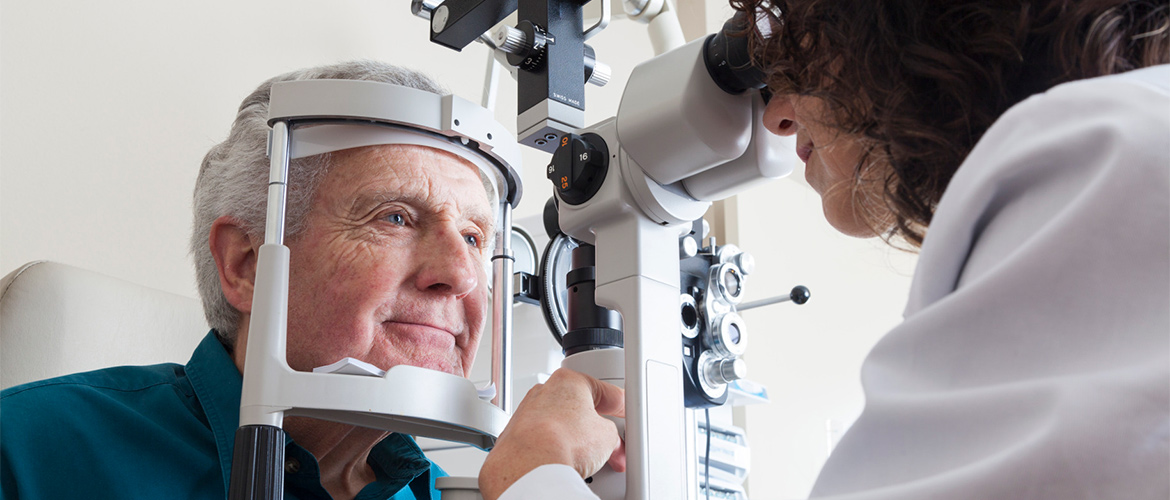Newsroom | Community Health

Diabetes Can Lead to Vision Loss
People living with diabetes can have eye problems that lead to vision loss or blindness. And diabetic eye disease often has no early symptoms. That’s why an annual eye exam is critical for people with diabetes.
The longer you have diabetes, the greater the chance you’ll develop diabetic eye disease. Everyone with Type 1 or Type 2 diabetes is at risk, but the risk is higher for African American and Hispanic people.
Diabetic retinopathy is a common type of diabetic eye disease. High blood sugar causes tiny blood vessels in the eye to grow and leak blood and other fluids on the retina — a thin group of cells at the back of the eye. When light hits the retina, it sends signals to the brain to form visual images. Diabetic retinopathy damages the retina, causing vision loss.
Warning signs of the disease may include spots or floaters in your field of vision, blurry vision, a dark or empty spot in the center of your vision, and changes in vision or poor night vision.
These symptoms can come and go, but even if it seems like they have gone away, the problem can cause ongoing damage.
Diabetes has been linked to other eye diseases, including macular edema, cataracts and glaucoma.
It’s important to have a comprehensive dilated eye exam every year. Regular eye exams can detect problems early when they can be more successfully treated. Early diagnosis and proper treatment can greatly lower the chance of blindness.
Your primary care physician needs your eye doctor to provide a copy of your test results to update your diabetes care plan. If your doctor hasn’t talked to you about having an eye exam, make sure to ask about one at your next visit.
Read this article to learn more about diabetes and vision loss.
The above material is for informational purposes only and is not intended to be a substitute for the independent medical judgment of a physician. Physicians and other health care providers are encouraged to use their own best medical judgment based upon all available information and the condition of the patient in determining the best course of treatment.
